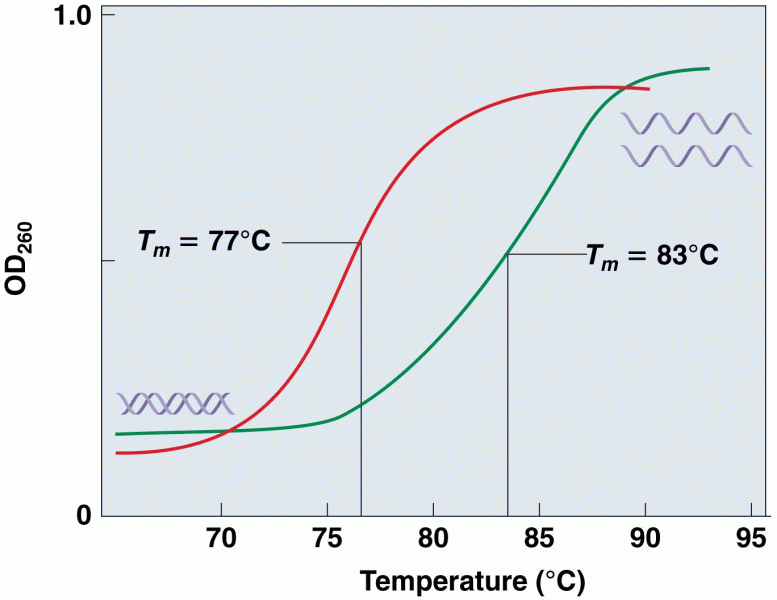|
|
|
Your skin wrinkles if you stay in the bathtub a long time because the outermost layer of skin (which consists of dead keratin) swells when it absorbs water. It is tightly attached to the skin below it, so it compensates for the increased area by wrinkling. This happens to the hands and feet because they have the thickest layer of dead keratin cells.
More than one-third of adult Americans are obese. Diseases that kill the largest number of people annually, such as heart disease, cancer, diabetes, stroke, and hypertension, can be attributed to diet.
After 5 years of being diagnosed with rheumatoid arthritis, one every three patients will no longer be able to work.
Most childhood vaccines are 90–99% effective in preventing disease. Side effects are rarely serious.
The strongest synthetic topical retinoid drug available, tazarotene, is used to treat sun-damaged skin, acne, and psoriasis.
 When both sides of the back have been massaged, redrape the back. With light to moderate force, use ...
When both sides of the back have been massaged, redrape the back. With light to moderate force, use ...
 Cranial polarization. Lightly place both thumbs on the anterior fontanel, with both index fingers ...
Cranial polarization. Lightly place both thumbs on the anterior fontanel, with both index fingers ...





